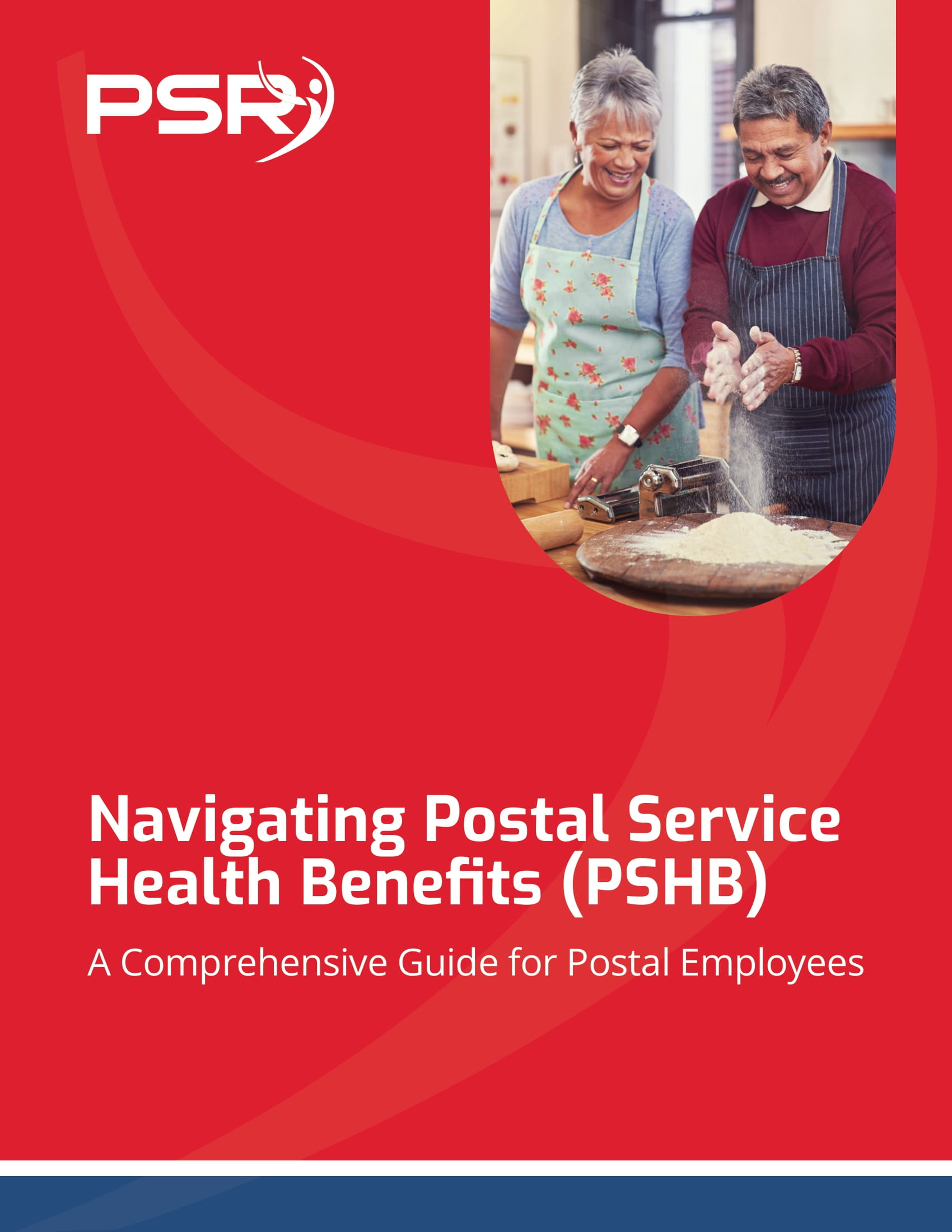THE WORKPLACE BULLY
 This article is written about a current workplace phenomena referred to as “bullying,” which is not federally illegal, although several states have progressively made it illegal.
This article is written about a current workplace phenomena referred to as “bullying,” which is not federally illegal, although several states have progressively made it illegal.
- Also Read: Federal Retirement Advice You Didn’t Know You Needed—Until Now
- Also Read: The Latest Federal Employee News You Need to Know to Protect Your Retirement
- Also Read: Ready for Retirement? Here’s How Law Enforcement Officers Can Leave the Job with Benefits Intact
There are four types of bullying, which can occur separately or simultaneously: (a) physical bullying such as kicking, pushing or inappropriate touching; (b) verbal bullying such as name calling or inappropriate yelling; (c) relational bullying such as excluding people or rumor mongering; (d) cyberbullying which involves sending hurtful messages over digital devices like computers or cell phones.
Situations involving bullying are often more complex than they seem. The three most widely recognized roles in bullying situations are victim, bully, and bystander. One should be cautious about labeling, however, when addressing youth. This article refers to adult workplace situations where the bully is on the employer’s payroll and protected by senior management.
EXTERNAL SIGNS OF BEING BULLIED AT THE WORKPLACE
There are signs when looked at collectively that are good indicators of serious workplace problems: (a) your days off are spent exhausted and lifeless, your desire to do something, even your most favorite activities, are no longer desirable; (b) you feel like throwing up the night before returning to work; (c) you are ashamed of being under the control of the abuser at work where you won’t even tell your significant other; (d) your paid off time is used as mental health days; (e) you believe after a while that you are responsible for receiving this workplace cruelty; (f) your family and friends are very frustrated with you and want you to leave workplace issues at work, they are tired of hearing about it; and (g) your doctor asks what could be causing your loss of well-being, skyrocketing blood pressure and recent health problems. Although these symptoms may be indicative of other workplace issues such as discrimination which is illegal they also are indicative of someone suffering from workplace bullying.
WHO ARE THE POTENTIAL TARGETS OF BULLYING
Potential targets in the workplace are different from schoolyard targets. Usually, you are targeted because you pose a threat. The perception of threat lies in the eyes of the abuser, and it is what he or she truly believes. Studies show that targets generally appear to be the veteran or most skilled person in the workforce. Targets are independent. They refuse to be subservient. Bullies want to enslave their targets, however, because their targets are not the type to be enslaved conflict arises. When a target takes steps to be treated respectfully in a civilized society, bullies generally escalate their attacks of hatred and intimidation to wrest control of the target’s work. NOT ACCEPTABLE! Targets are generally honest and ethical. They are better liked, possess social skills, and most likely possess greater emotional intelligence. Targets are more technically skilled than their bullies. Most often the targeted are the go-to veteran employee for new employees. As you know, some targets are whistle blowers who expose fraudulent practices. Also, some are targeted for standing up for their rights or the rights of others, especially those being targeted. They tend to be guileless and are prosocial in that generally they are people who want to help others, are healers, teachers who want to help others develop skills and/or nurturers.
Targets are generally non-confrontive. They do not respond to aggression with aggression. However, there is a price to be paid when the target does not confront the bully – and that is a continuation of the bullying where he acts with impunity (unless the employer steps in – discussed infra).
BULLYING AT WORK IS SIMILAR TO DOMESTIC VIOLENCE
The Bully is on the Payroll!
The Workplace Bullying Institute compares the social phenomena of Domestic Violence with Workplace Bullying. Here the abusers’ motives are the same: to control and dominate. The perpetrator in both cases objectifies the victim. In bullying 62% are men and 38% are women. Regardless of whether the bully is a man or woman he or she objectifies and dehumanizes his or her prey. The bullies can have so much contempt for the target that they refuse to grant even the minimal respect due to a fellow human being. The dehumanization process enables the bully to cause severe mistreatment to his or her target. The target is not seen as an equal human being, thus it is easy to denigrate, belittle, humiliate and minimize the person. To the bully, the target is always a lesser human being. This is the bully’s rationalization for his or her actions which is why they can sleep at night while you the better person cannot.
The forms of mistreatment can last a lifetime as they create emotional harm. The attacks on a person’s worthlessness and undeservedness result in stress related problems similar to PTSD. Unlike domestic violence, bullying in the workplace is not physical abuse so much as emotional abuse. The long term effects of such emotional torment and the total traumatization can and often without intercession leave the victim with long term emotional scarring. Targets of workplace bulling are sitting ducks at their desk. An almost impossible situation to escape unless the employer does something. For some reason, others feel as if the targets bring it upon themselves which could not be further from the truth. It is easy for an outsider to say “why don’t they just get up and leave!” But that is far easier said than done as the target has financial responsibilities that do not allow him or her to readily just get up and leave.
There is another similar phenomena noted with bystanders. Bystanders tend to distance themselves from these types of situations. This gives them plausible deniability such that stepping in to do the right thing does not seem to be an ethical or moral concern. Bystanders come in two types. Those that come in and stand up for the target or seek help for them or those who will encourage the bully type of behavior. The latter is what we see most often in the workforce as people do not want to get involved because there by the grace of God it could be them! Bystanders who egg the bully on or participate in the bulling are only concerned about their own job and workplace conditions. These are the cowards. It is harder and harder these days to find people who have the moral courage to stand up against people who do the wrong thing and consistently bully employees of lesser power.
With respect to workplace bullies, employers loathe to become involved in holding the work bully accountable for his actions. The Workplace Bullying Institute recalls a case where the federal government agency Minerals Management Services (MMS) called this professional organization in to determine whether bullying was occurring and what suggestions should be made to deal with the problem, if indeed a problem was found. A former director of MMS refused to terminate a bully Division Chief as the Workplace Bullying Institute recommended. After a thorough study the evidence was clear, the Division Chief was a bully. His unit suffered extreme stress. There were multiple heart attacks, strokes and other serious cardiovascular issues found amongst the employees he supervised. When the Workplace Bullying Institute recommended his immediate termination, the Director stated as follows: “No, I wouldn’t do it because he is a great conversationalist and a lunch buddy.”
Years later, 2010 to be precise, after the BP oil platform exploded in the Gulf of Mexico killing 11 people and poisoning the environment, MMS made the news. It was determined that MMS Senior Management had committed serious ethical violations and that MMS was absolutely corrupt. The Institute stated: “Its culture was corrupt when it allowed the bullying to damage so many lives for glib reasons stated by an inept director.”
The employer defines all work conditions. By this the undersigned is referring to employee selection, job descriptions, work assignments, creation of management, compensation, leave policies, termination with or without cause, promotions etc. Therefore, the bully, as to the workplace, can only be sustained by the employer or eliminated. The American workforce culture is one of cutthroat competition. Employees are pitted against one another that often allow for only one winner and many losers. In the federal government where resources are scarce and budgets are tight there is competition for resources. This scarcity of dollars generates competition. In this culture, under these conditions, people attack one another at work in their individual effort to survive. There is at any one time only a small percentage of bullies who see workplace opportunities and are willing to harm others to succeed. Bullies are the manipulators. They are Machiavellian at best. Studies indicate that these people will be stopped if there is punishment for their behavior. However, in the workplace they are often encouraged rather than discouraged. This is because if the employer finds positive consequences coming from this type of behavior they usually embolden the bully to further his tactics. He or she receives promotions or awards as positive results for his tortious behavior. Another unnoticed positive consequence for the bully is the fact that they are not punished even when their behavior comes to light. Bullies who bully others with impunity become convinced that their methods are successful to business and that their employer looks upon their results favorably. Bullies like this will escalate and continue until they are stopped. Even reluctant bullies can be taught to be aggressive over time especially when they see others get away with it and are awarded appropriately. It is common knowledge that people are susceptible to changing their behavior in light of workforce conditions.
EMPLOYERS SLOW TO REACT TO CONSEQUENCES OF WORKPLACE BULLYING
It is somewhat amazing that the federal government who is so attuned to workforce productivity should be one of the last to consider the ramifications of letting this type of behavior run rampant. As always anything productive that comes out of these types of studies is acted upon out of the employers own self-interest.
Employers discovered the financial impact of this social phenomena when it put two and two together and determined it interfered with an employee’s uninterrupted attention to work, an inability to produce, absenteeism and health consequences.
Bullying effects the economic well-being of the workplace and the targeted individual. Unfortunately, and the person least likely to resolve the workplace issue is the target yet in truth he is the only one who has the primary responsibility for righting this wrong. That is to say, he/she has the responsibility to report this behavior. Prior to doing so, the target should be recording in a journal like fashion all of the acts, dates, and times these situations took place and any witnesses as well as corresponding e-mails. After the evidence is produced to management with your complaint, memorialize the conversation in an e-mail stating that you expect swift results from management to stop this behavior. After that it is management’s responsibility to step in and do something. If management refuses to do something continue to document and consider a consult with an attorney.
To stop bulling the employer must alter the work environment in a very drastic fashion, turning their workplace culture upside down. First and foremost bullies must experience severe negative consequences for harming others. Punishment must be mete out to bullies without any sight of rewards. Only senior management and executives can reverse this historical trend. Employers must stop and examine the way they do business and rework their policies about how they want to do business to stop propping up bullies. As studies have pointed out – it is expensive to keep bullies, but convincing management and executives that bullies are not their best friends is a very hard sell. Bullies generally do the dirty work that management does not want to have a direct hand in involvement. Bullying is a learned behavior and can be unlearned. Employers must decide what and how they are going to intercede to stop this behavior when exposed.
In essence the employer is the ultimate cause and resolution of the problem once the employee brings the bulling to his or her attention. Employers place people in harm’s way and they can provide safety by undoing a culture which has allowed bullying to flourish.
Employers are seriously considering this social phenomena with the seriousness it deserves. There are still employers who turn a blind eye. This is when you have no other choice than to bring in the bigger artillery – the lawyers. If you or you know someone suffering from being bullied please seek help immediately. The lifetime harm such as depression, anxiety, sleeplessness, suicidal ideation, etc., can be healed if help is sought before the situation appears unmanageable. As employees we always have options, do not let inaction from depression stop you from seeking help. No one deserves this, NO ONE SHOULD BE INFLICTED WITH THIS. PERIOD.
Respectfully submitted,
Honorable Mary Elizabeth Bullock (Retired)
Other Articles by Honorable Mary Elizabeth Bullock
The Inherent Dilemmas of a Schedule “A” Appointee – Houston, I Think We Have A Problem!








